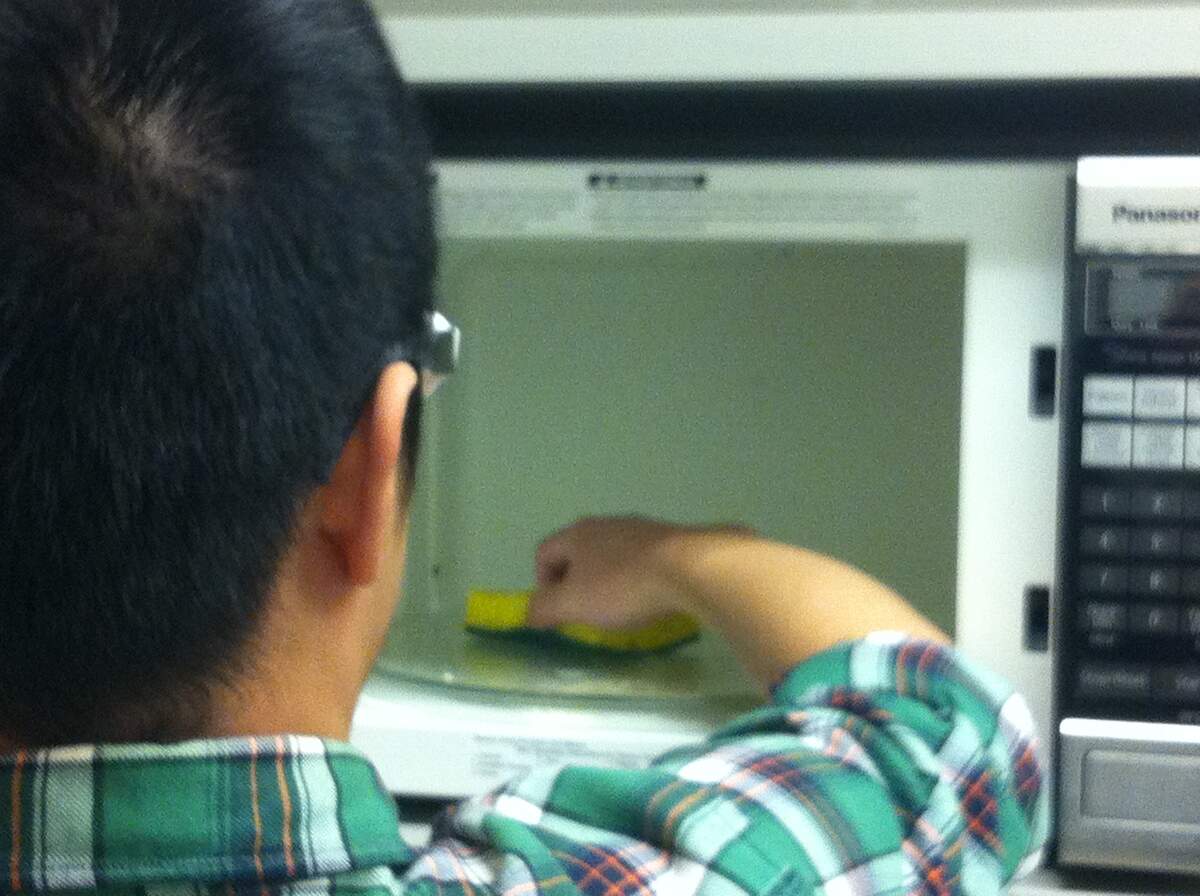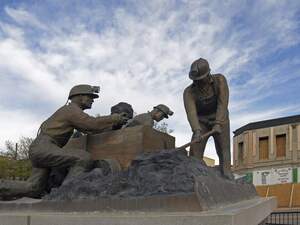

National Microwave Oven Day
Microwave ovens are great for reheating leftovers, making popcorn, melting butter and chocolate, and heating water. These are just a few of the reasons why microwaves deserve their own day, and are celebrated today. The improvement of the cavity magnetron—which made the production of small wavelengths (microwaves) possible—allowed the magnetron to be used in World War II in radar technology. Following the war, Percy Spencer, an employee at Raytheon, was testing the new radar technology. He accidentally discovered the heating effect of the technology when a chocolate bar in his pocket melted. He then tried some popcorn and got it to pop, and followed this by trying to cook an egg, which exploded in the face of another experimenter. Spencer found out he could feed the power from the magnetron into a metal box where it couldn't escape, and observed that food placed in the box would rise in temperature quickly.
On October 8, 1945, Raytheon filed a patent for a microwave oven. In 1947, Raytheon produced the Radarange, a microwave which stood almost six feet tall, and cost $5,000—$54,000 in 2016 dollars. Raytheon licensed its patents to Tappan, which introduced a microwave in 1955, which was still too large and expensive for everyday home use. It cost $1,295, which is almost $12,000 in 2016 dollars. In 1965, Raytheon acquired Amana, and introduced a countertop microwave in 1967 for $495, which is still about $3,600 in 2016 dollars.
Soon afterwards, Litton developed a microwave oven that is similar in shape to the ones that are popular today, and it further helped popularize home microwaves. In 1971 there were about 40,000 microwaves in use in the United States, but my 1975 there were a million. Although some early models leaked, giving them a bad reputation, their popularity continued to grow. In the 1980's recipes abounded, as well as consumer goods such as microwave cupcake kits. Most of these things weren't very good. Still, by 1986 about 25% of households in the United States had a microwave, and by 1997 the number had risen to over 90%.
Microwave ovens use non-ionizing radiation that has a frequency between that of radio and infrared wavelengths. Unlike X-rays, which use ionizing radiation, and can be harmful, the non-ionizing radiation from microwaves is safe. A process called dielectric heating allows water, fat, and other substances to absorb energy. Molecules in these substances are electric dipoles, meaning they have a positive charge on one end and a negative charge on the other. The molecules move as they try to align themselves in a microwave, which creates heat. Compared to conventional ovens, microwave ovens heat faster and further into food. Also in contrast to conventional ovens, microwaves usually don't brown or caramelize foods, as they usually don't get hot enough to do so. Evidence suggests more nutrients are actually retained in food that is cooked in a microwave compared to a conventional oven. With shorter cooking time, there is less leaching of nutrients into water. Although some people look down on microwaves as being a symbol of a fast-paced plastic-oriented society, they do serve many practical and useful purposes.
How to Observe National Microwave Oven Day
Celebrate the day by cooking your meals in a microwave! If you can't think of what you want to make, explore some recipes online. You could purchase a microwave cookbook as well. Barbara Kafka is known as the "Microwave Gourmet," and she published a cookbook of the same name. If you will be cooking just for yourself, how about picking up Microwave Cooking for One?





















